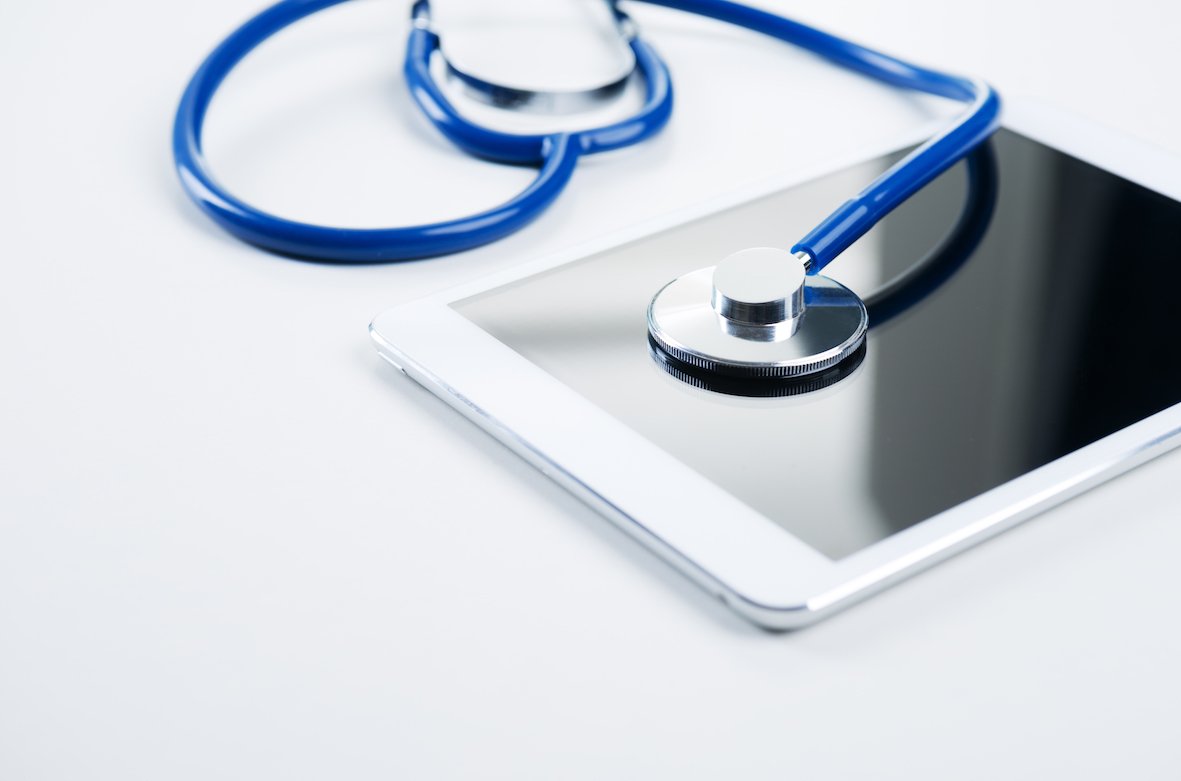Keeping Digital Check on Hypertension
June 01, 2022 | Wednesday | Views | By Dr Manbeena Chawla
Since a wide variety of factors can influence BP, continuous monitoring is essential
image credit- shutterstock
Did you know that hypertension or high blood pressure (BP) is one of the commonest non-communicable diseases (NCDs), and a major public health concern accounting for 19 per cent of all NCD-based deaths globally? In South Asia, hypertension is estimated to be the third leading cause of death and disability, after household air pollution and tobacco smoking. In addition, it is an independent risk factor for coronary heart disease; and the asymptomatic nature of hypertension contributes to a lack of awareness of this condition, thus being labelled a ‘silent killer’.
According to the Indian Council of Medical Research (ICMR), one in four adults in India suffers from hypertension and only 10 per cent of patients have their blood pressure under control. Despite this situation, India is ranked 193rd for women and 170th for men in the rate of hypertension diagnosis among 200 countries, as per a Lancet report in 2021.
Since a wide variety of factors can influence BP, continuous monitoring is essential. In general, BP tends to be higher in the morning and lower at night. While excessive morning BP surge has been associated with increased stroke risk and cerebral haemorrhage, increased night-time BP or nocturnal hypertension may be associated with sleep apnoea.
This means that accurate detection of perturbations in the BP profile and any associated triggers is important to reduce cardiovascular risk and the occurrence of adverse events. In this digital era, wearable devices with beat-by-beat monitoring and sensors to determine environmental conditions are ideally suited to fulfill this role as part of the overall management of hypertension.
Although app-based measurements are limited by reliability, and a large proportion of devices marketed for home BP monitoring are unvalidated, there is a growing body of evidence to support wearable medical devices from experienced manufacturers. In fact, new wrist-cuff devices are expected to cause less discomfort and muscle compression than traditional upper arm cuffs for measuring the blood pressure.
For example, Aktiia is bringing its 24/7 Blood Pressure Monitor to the United States, delivering the next generation of clinical wearables. Aktiia's optical sensor at the wrist measures around the clock, providing data that can be instantly viewed in a mobile app and easily shared. Another US-based firm Vivalink has developed a blood pressure patch in the form of a wireless network that is enabled to automatically capture and send a continuous stream of data to clinical applications in the cloud.
On the other hand, Israel-based firm Binah is using the smartphone camera for contactless, video-based blood pressure measurement, which the company says is a first-of-its kind technology, thereby enabling remote patient monitoring for hypertension. However, regulators have not approved the technology yet.
Going a step further, researchers at the University of Missouri, US are customising a commercial finger clip device to provide a rapid, noninvasive way for measuring and continually monitoring blood pressure.
The rise in BP, influenced by a variety of factors, is driving research into the use of machine learning technology based on big data to extract the optimal features required to monitor and develop algorithms that produce values and meet system validation requirements.
The most common machine learning algorithms evaluated in the development of BP models to date, include neural networks, linear regression, support vector machine, random forest, and deep learning. Although these are showing promise, techniques need to be refined to improve and optimise accuracy before machine learning approaches are taken into application for widespread clinical usage. Lower levels of technology literacy in some older patients may limit the usefulness of these approaches in an important subset of the population with hypertension.
Nevertheless, early detection and treatment of hypertension through widespread screening is a potential strategy to reduce the substantial lifetime health and cost burdens associated with this illness.
Dr Manbeena Chawla
(manbeena.chawla@mmactiv.com)










